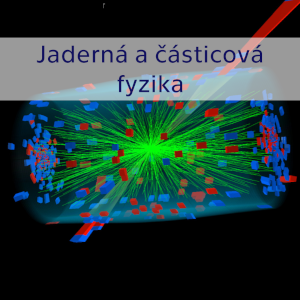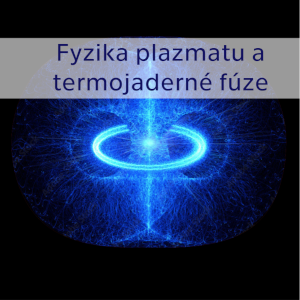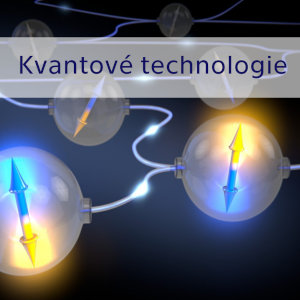Outline:
With increasing capabilities of high-performance computing kinetic modelling of plasma edge has become a fast-growing branch of the magnetic confinement fusion plasma study. Our day kinetic simulations of the plasma edge, performed via PIC (Particle-in Cell) codes, incorporate nonlinear dynamics of plasma, neutral and impurity particles and significantly contribute to optimization of design of future tokamaks (see [1-3] and references their). One of the bottlenecks of these PIC codes is the requirement of equal weights of simulation particles necessary for used collision operators. Therefore, the treatment of very low concentration species, such as the highly ionized states of impurity particles, becomes inaccurate in these models.
The aim of this PhD work is to develop new collision operators, not requiring same weights of collided particles; their implementation into the existing PIC codes (e.g. BIT, SPICE etc.) and performing simulations of the tokamak Scrape-off Layer (i.e. edge plasma layer with open magnetic surfaces) including highly ionized states of impurity particles. The obtained results will be used for design and optimization plasma performance in future fusion devices (COMPASS-U, ITER and DEMO).
References:
[1] D. Tskhakaya, Plasma Phys. Control. Fusion, 59 (2017) 114001
[2] T. Takizuka, et al., Contrib. Plasma Phys., 59 (2017) 034008
[3] D. Tskhakaya, et al., Nucl. Mater. and Energy, 26 (2021) 100893





